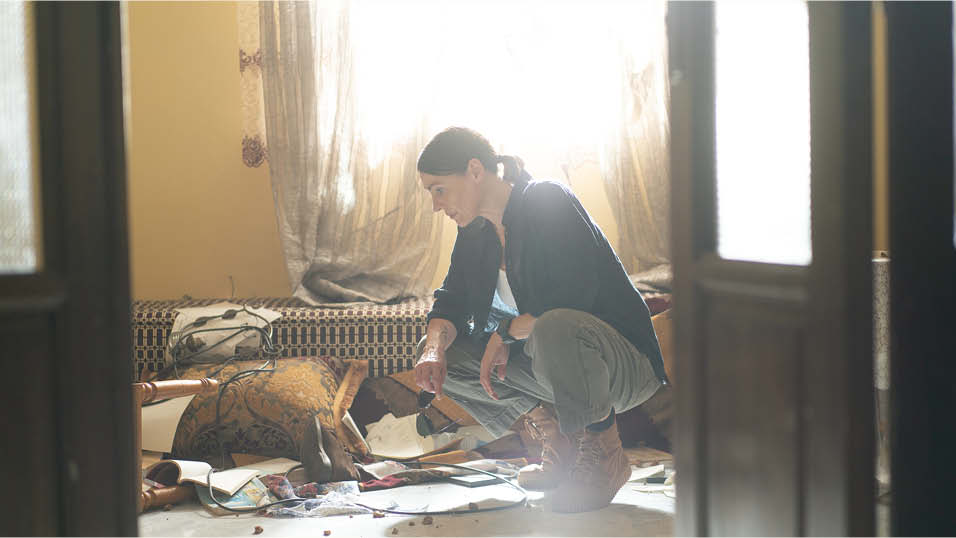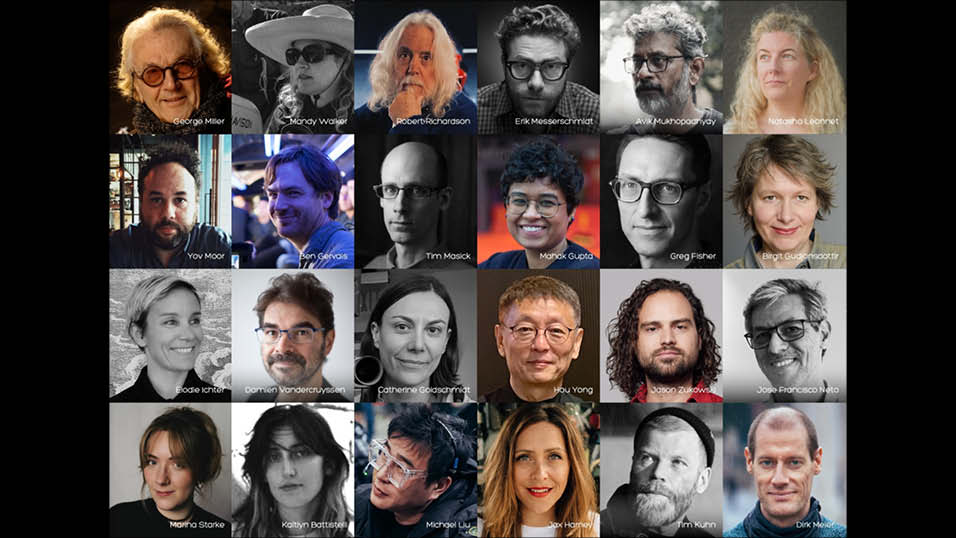Colin Brown of Blazing Griffin explains the technical and creative aspects of managing picture finishing for the hit BBC drama “Vigil,” now in its second series
“Vigil” returned for a second series (6×60) following a successful first series, attracting over 13.4 million UK viewers. The plot revolves around DCI Amy Silva (Suranne Jones) investigating a weapons test that turns deadly.
Blazing Griffin’s team continued its association with the drama series, providing all aspects of picture finishing while collaborating with Axis Studio for the show’s external VFX.
The series, lensed by Matt Wicks and Nic Lawson, was delivered in 4K using ACEs, with both SDR and HDR final deliverables.
Senior colorist Colin Brown, who also led the DI grade on series one, collaborated closely with director Andy De Emonny and Wicks. “Series two is a complete departure from the first and we had to capture that in the look,” he begins. “The story is set between Glasgow and the fictional country of Wudyan in the Middle East. With two drastically different locations, we had to decide how to navigate that visually.”
Brown and Wicks conducted camera and lighting tests to balance the visual representation of these contrasting locations.
“To distinguish the two primary settings, we experimented with different colour palettes,” he explains. “The Glasgow scenes feature a cooler pallet, occasionally leaning towards green. In contrast, we used warmer hues for the Middle East to convey the region’s heat and intensity. Given that many of the latter scenes were shot in Scotland, it was crucial that we convincingly depicted the Middle East.”
While the series is a work of fiction, Brown worked to balance the idea of realism with dramatic effect. “In the opening drone scene, we wanted the RPAS (Remotely Piloted Aircraft Systems) to appear more sinister,” he explains. “To achieve that, I’d isolate the drones and add more contrast to the metallic elements of the body, which helped them stand out. Resolve’s tracking feature was beneficial in achieving this complex task as the drones were fast moving.”
The opening scene of the series is an RPAS attack that was shot across multiple days and in mixed conditions, requiring significant work in the grade and online to smooth out and match up all of the different elements.
Axis Studios was responsible for the photo realistic 3D models of the RPAS (drones), ensuring they matched the real drones used in certain shots. Its work also included adding special effects like explosions and gunfire. In the sixth episode, they support with digital set extensions, which included military elements, including personnel and vehicles.
Blazing Griffin’s Lewis Carmichael worked closely with Blazing Griffin’s VFX artist, Sam Goodwin, throughout the series to deliver picture enhancement and digital fixes using Fusion Studio and VFX Connect. “The work itself was extremely varied, lots of screen replacements which Sam handled, complex paint-outs and wire removal, etc,” notes Carmichael.
“Being able to render down shots, compound clips and Fusion clips quickly was a massive timesaver especially when it came to client playback, as some shots featured multiple layers of graphics, all at 4K resolution. We even did some shots in ACES via Fusion Studio for cameras that didn’t have an IDT in ACES, and this will be a workflow we will continue,” says Carmichael.
With “Vigil” delivered in HDR10, it led to the creation of two separate timelines for each episode in the series – one for SDR and another for HDR, according to Brown.
“This doubled the workload due to separate colour management settings for each project,” he says. “However, a new workflow was developed for a single HDR10 timeline, dramatically improving the speed and efficiency of our finishing. Whether its late stage editing, visual effects updates, quality control (QC) fixes, or any other changes, we only need to apply changes once, to a single timeline.”
Up against the clock to meet the deadline for TX, the communication and scheduling of Quality Control between post production managers Maria Hannah and Emily Dutton and Blazing Griffin’s mastering technician Laura Wedlake, who looked after QC, was crucial in catching as many issues as early as possible. “Some elements, such as lights, crew equipment, etc, could only be seen when viewing the material in HDR,” says Carmichael.
The series was graded using DaVinci Resolve Studio
“Vigil” Series 2 is now available on BBC iPlayer.
Jon Creamer
Share this story






















